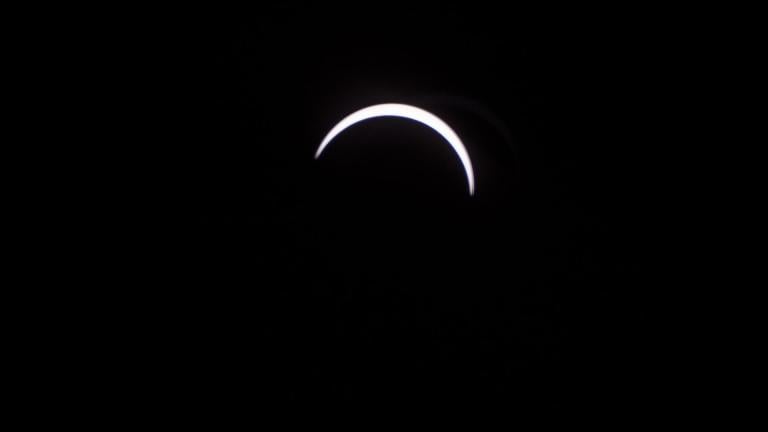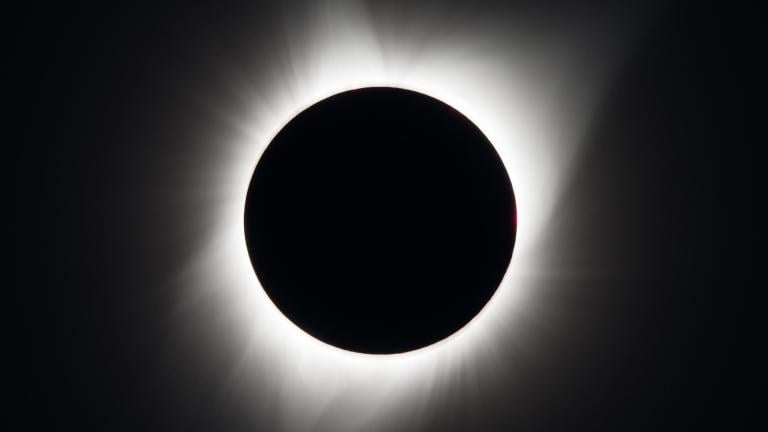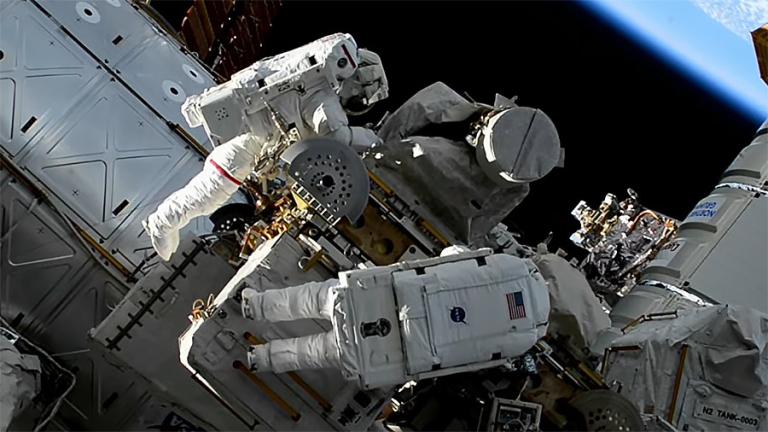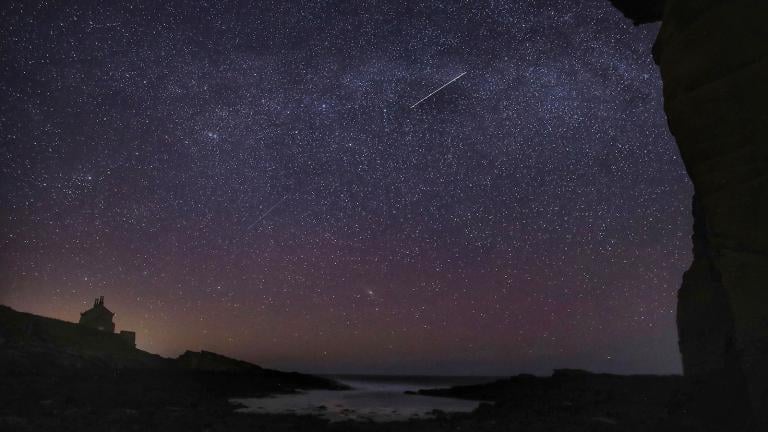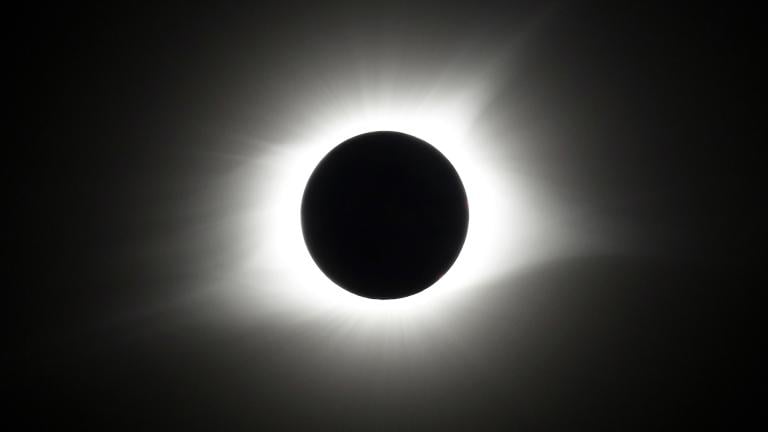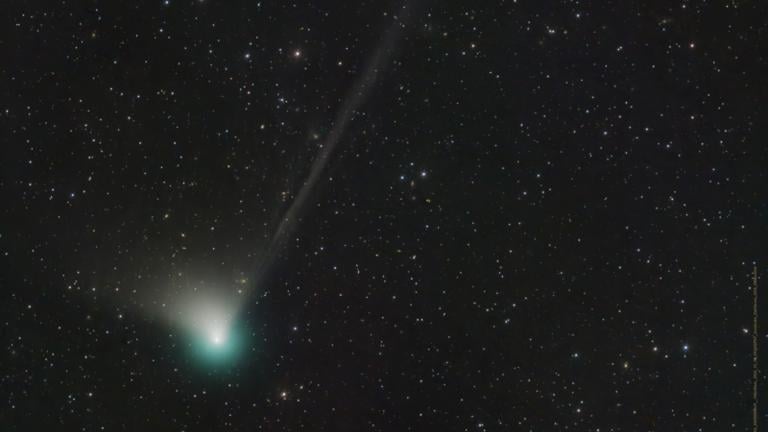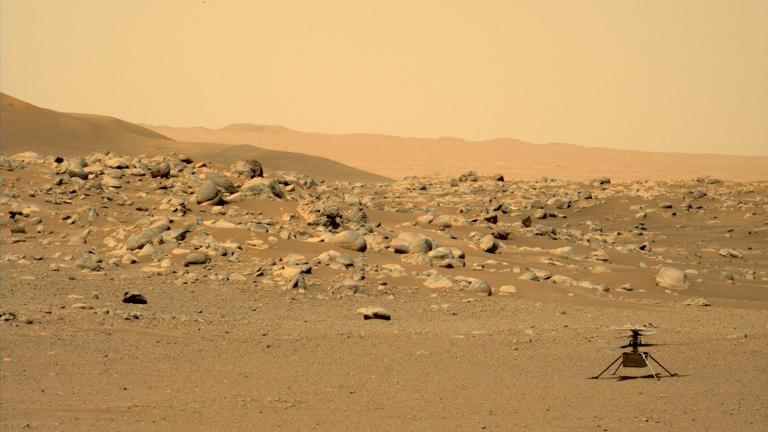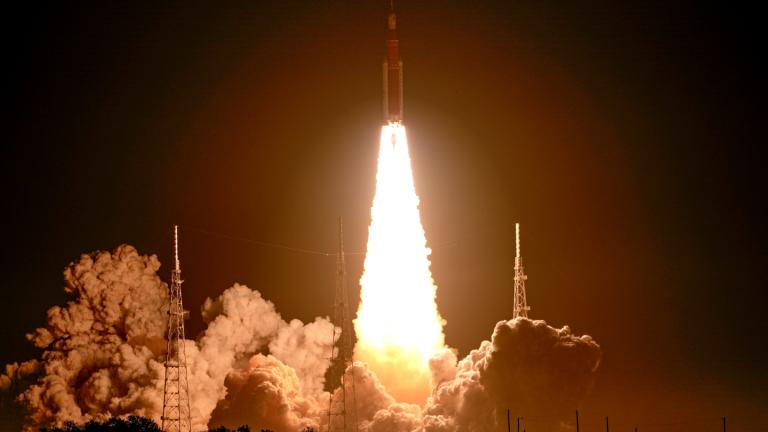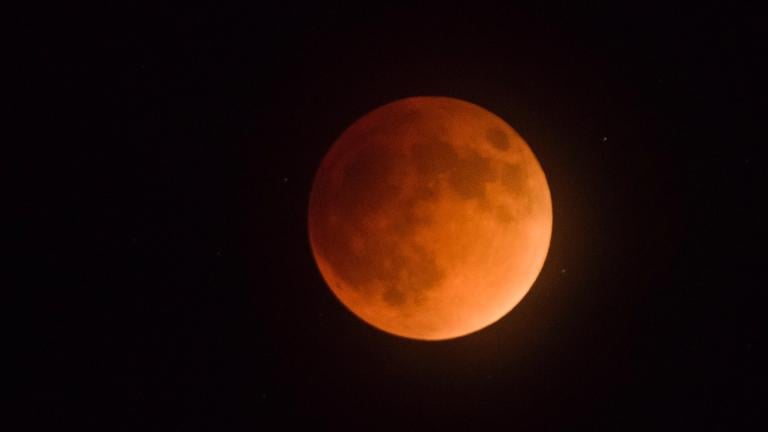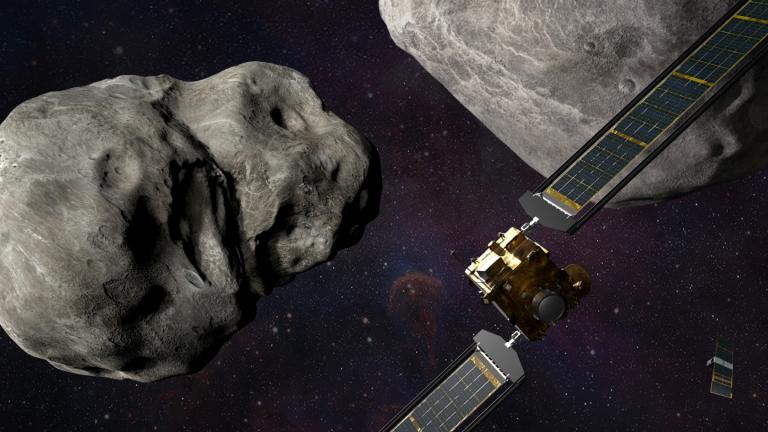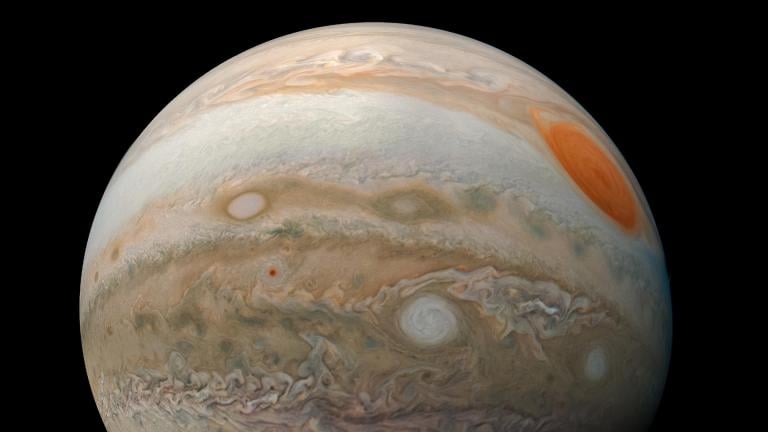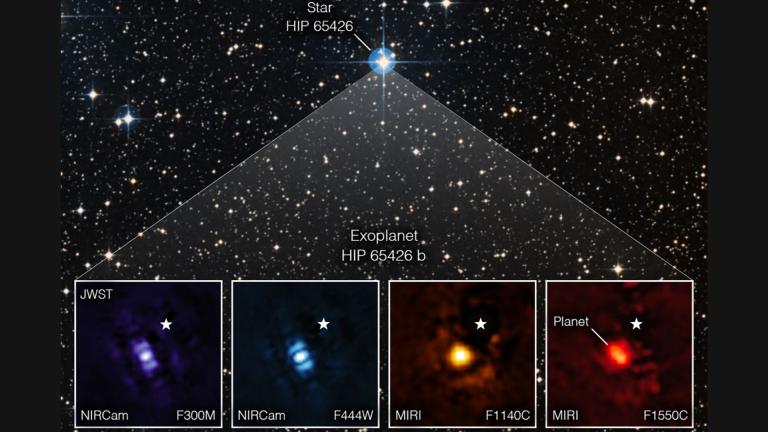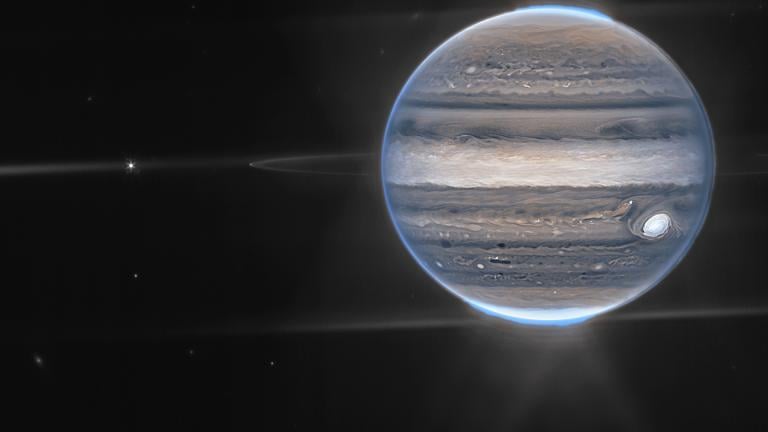A total solar eclipse is set to move across the United States Monday afternoon with the path of totality sweeping from Texas up to Maine. Watch as it unfolds with NASA scientists.
NASA
The Great American Eclipse is almost here. Here’s how to make the most of the experience in Illinois and the Chicago area.
During their first-ever spacewalk, astronauts Jasmin Moghbeli and Loral O’Hara spent hours outside the International Space Station, successfully replacing hardware on the station’s solar array. But a tool bag became untethered and is now orbiting Earth.
Smoke from raging wildfires in western Canada has reached Chicago, creating hazy skies and making for redder sunrises and sunsets.
Known as one of the oldest-recorded meteor showers, the Lyrids are expected to produce 10 to 15 meteors per hour for three nights centered around its peak of 8:06 p.m. CST on Saturday, according to EarthSky.
It’s been less than six years since a total solar eclipse cut across the U.S., from coast to coast. That was on Aug. 21, 2017. The next one is predicted to hit Illinois.
Headlines spun out of control when it came to new research results on the Earth’s core. In other news, narwhals have had it with noisy neighbors.
According to NASA, the comet would last have been seen in the night sky more than 10,000 years ago — millennia before the birth of human civilization — and it may never pass this way again.
NASA’s Ingenuity Mars helicopter is the first aircraft humankind has ever created that is capable of powered, controlled flight on another world. NASA’s team lead on the project discusses its significance.
If all goes well during the three-week flight, the crew capsule will be propelled into a wide orbit around the moon and then return to Earth with a Pacific splashdown in December.
Election Day 2022 will kick off with a pre-dawn total lunar eclipse. There won't be another like it until March 2025.
A NASA spacecraft rammed an asteroid at blistering speed Monday in an unprecedented dress rehearsal for the day a killer rock menaces Earth.
Jupiter is making its closest approach to Earth since 1963 on Monday night, and the views should be especially spectacular.
For the first time, the James Webb Space Telescope has been used to directly image an exoplanet — that’s a planet outside of our solar system. A Northwestern astronomer was part of the team.
The James Webb Space Telescope took the photos in July, capturing unprecedented views of Jupiter’s northern and southern lights, and swirling polar haze.
NASA said in February it intends to keep operating the International Space Station until the end of 2030, after which the ISS would be deorbited and crashed into a remote part of the Pacific Ocean. Commercially operated space platforms would replace the ISS as a venue for collaboration and scientific research, NASA said.

